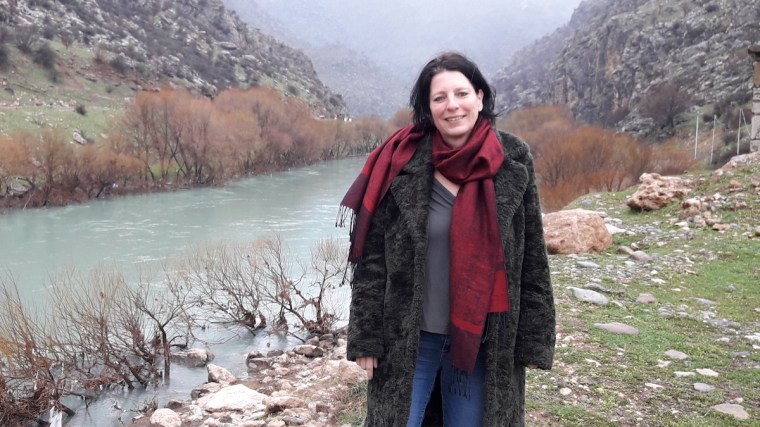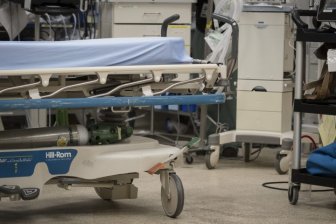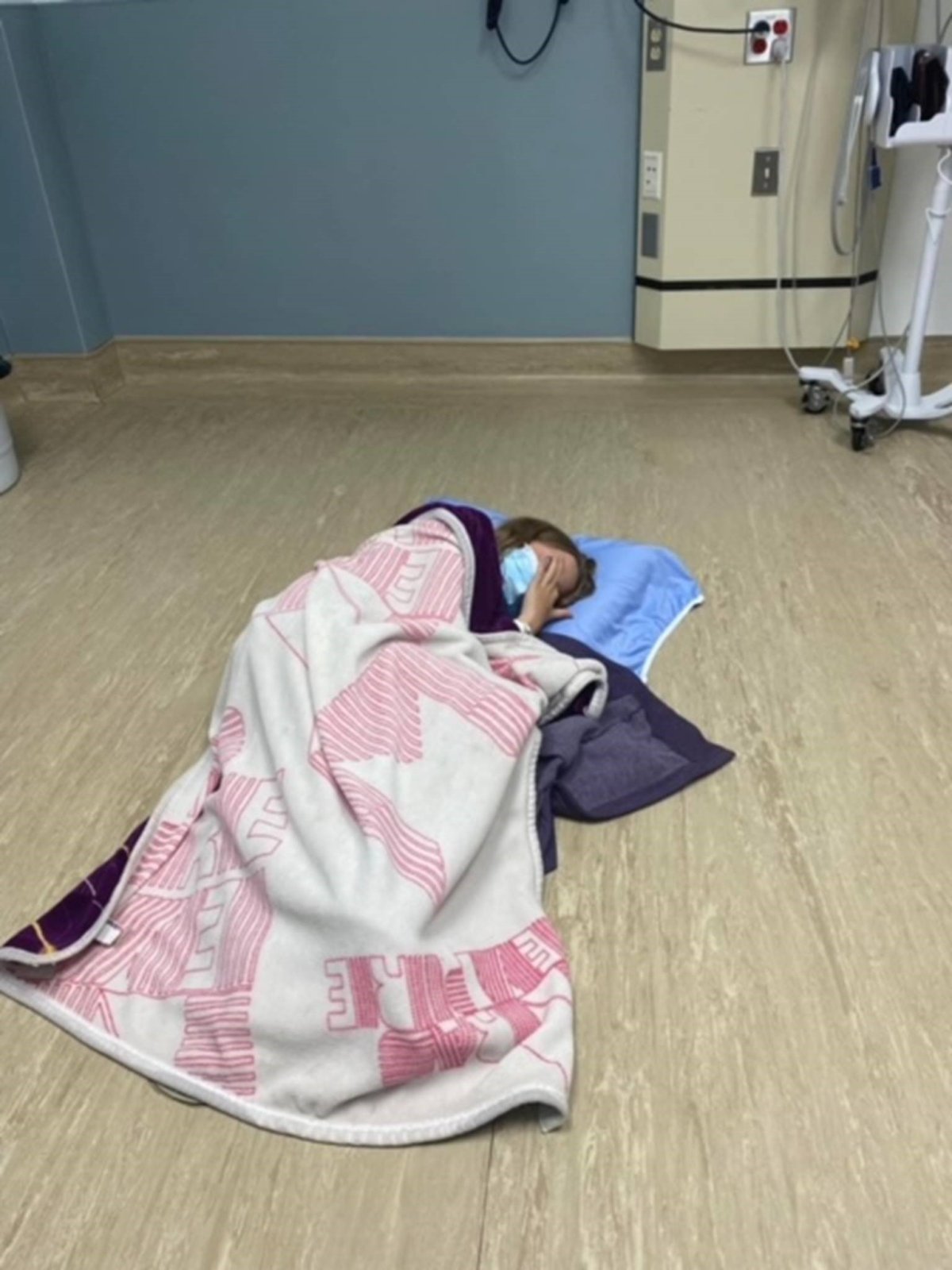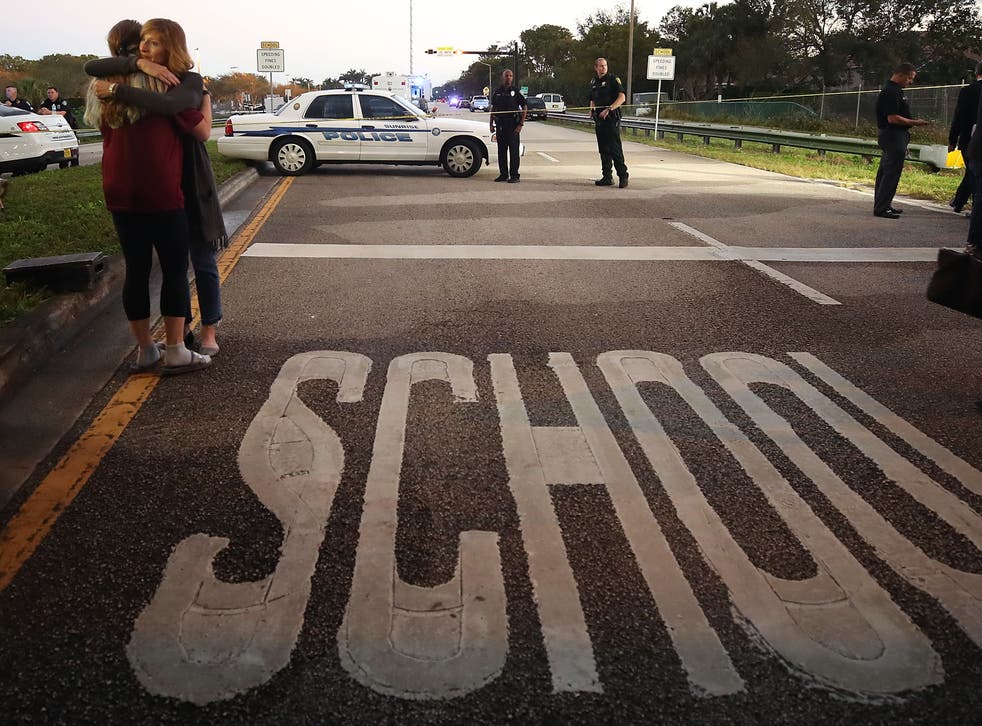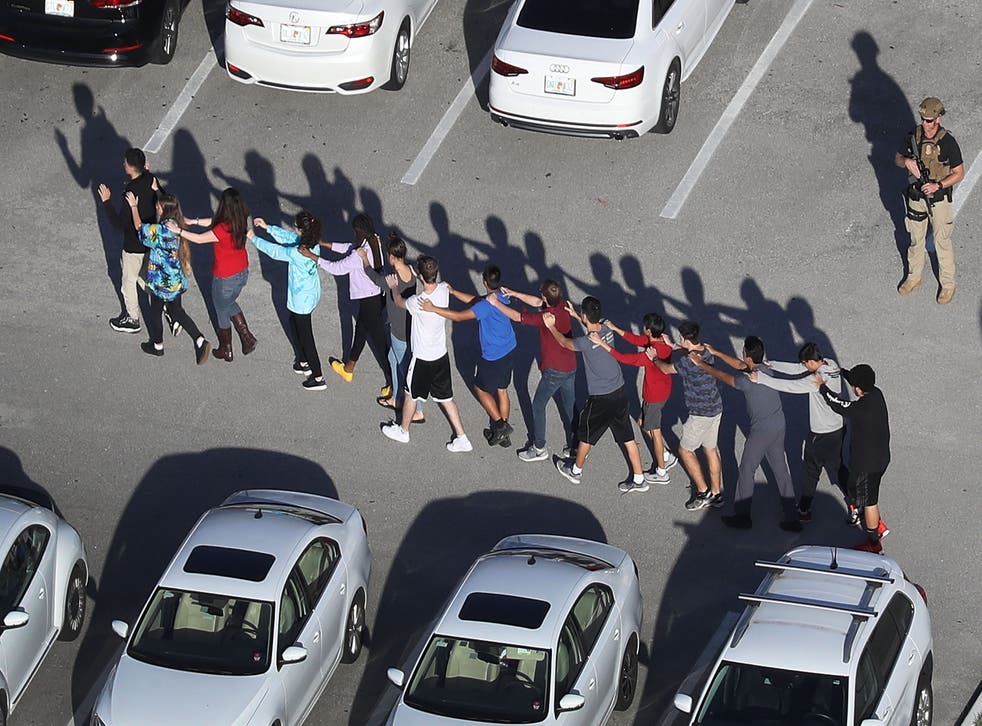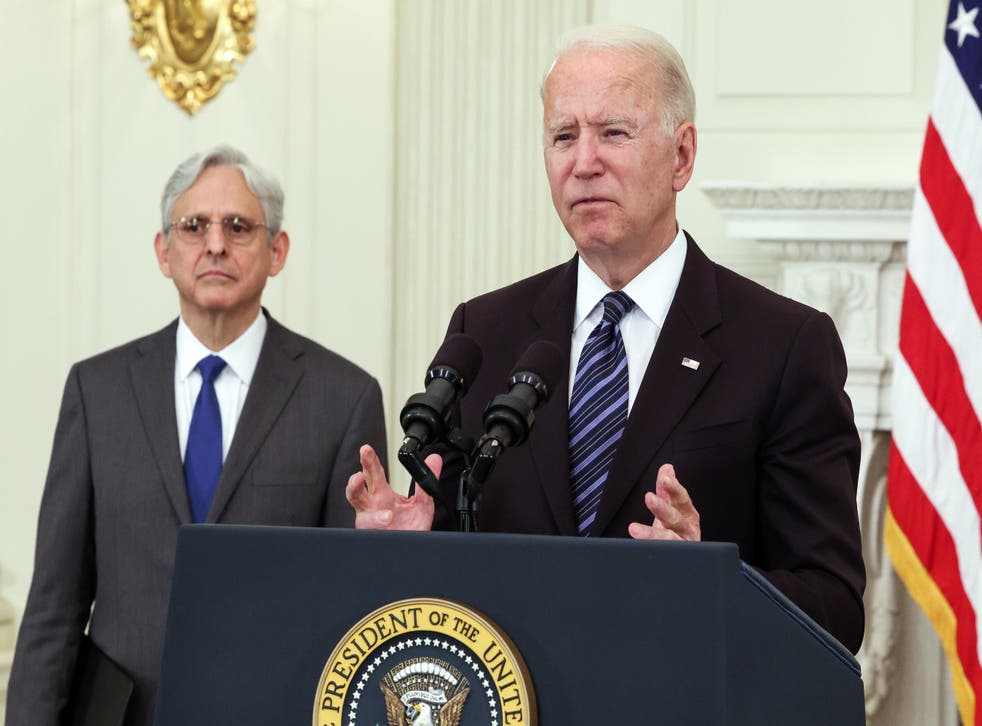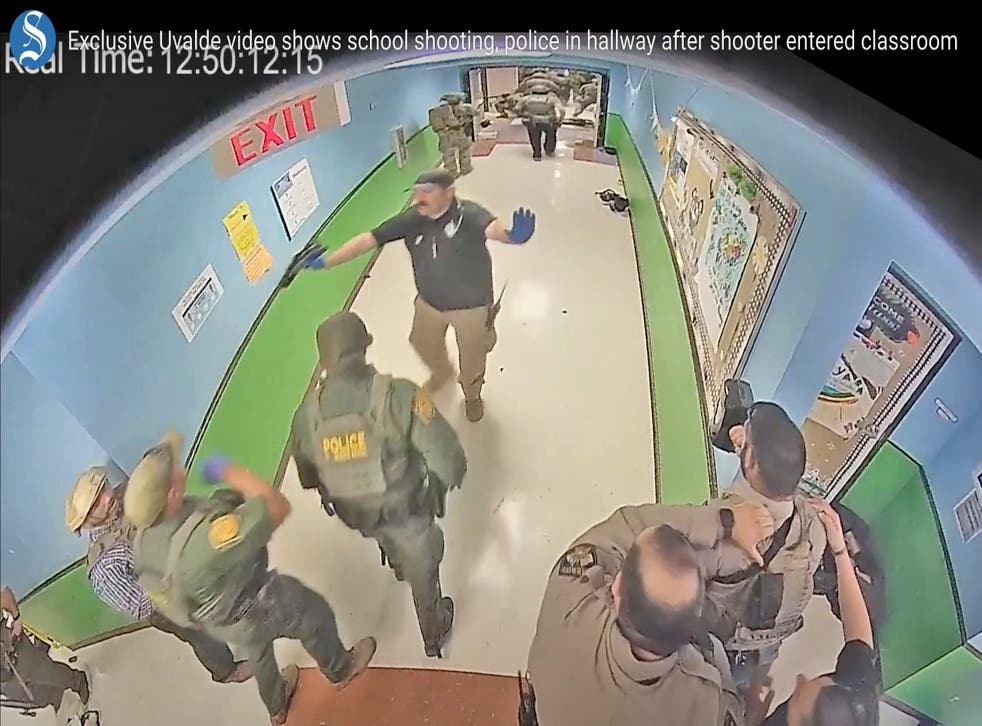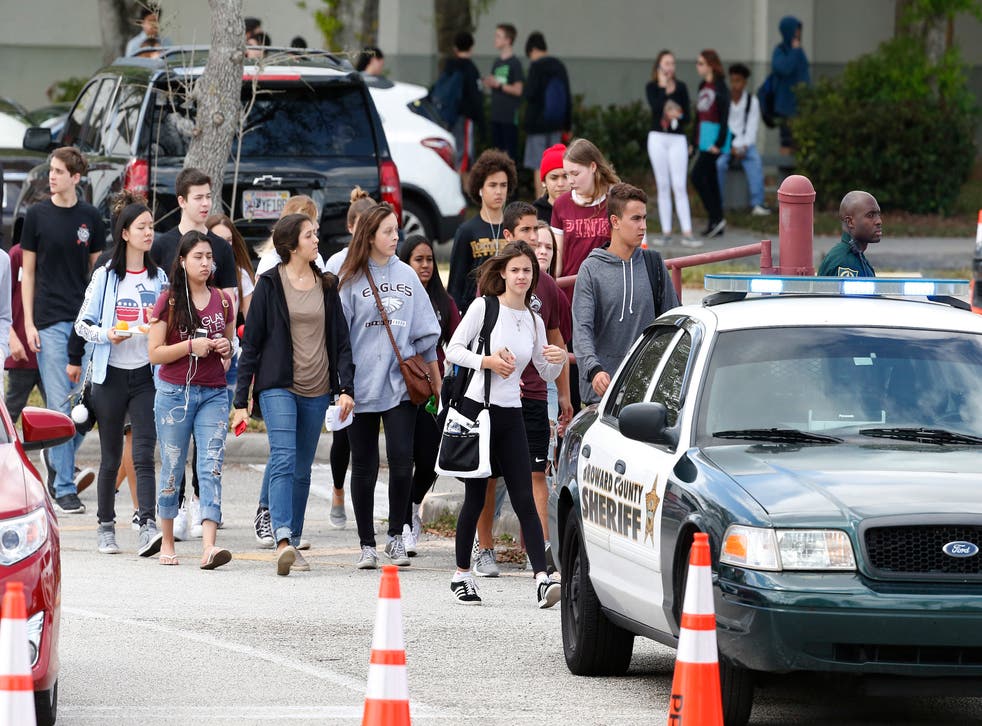19 Jul, 2022
news.com.au
By Benedict Brook
Several Russian soldiers occupying a Ukrainian nuclear power station have died following an unexplained "event" at the plant, the region's mayor has claimed.
Some of the troops "were so scared they ran around the station in a panic," the exiled mayor of the city of Enerhodar in southern Ukraine, Dmytro Orlov said.
A Kyiv news site has reported that Russian troops took passes from staff at the plant and "violated safety rules".
Enerhodar is the site of the Zaporizhzhia nuclear power plant, the largest such plant in Europe which is responsible for one-fifth of Ukraine's energy needs.
The plant was seized by advancing Russian forces on March 4.
Kyiv controls the northern bank of the Dnipro, opposite the power station, including the region's main centre of Zaporizhzhia and the smaller city of Nikopol.
Keep up to date with the day's biggest storiesSign up to our daily curated newsletter for the day's top stories straight to your inbox.
SIGN UP
By signing up for this newsletter, you agree to NZME’s Terms of Use and Privacy Policy.
I’m not interested in Top News Stories newsletter. Please don’t show me this again.
Unexplained 'event'
The Ukrainian Government has said Russian forces are using weapons based at the plant to bomb cities across the waterway.
On Monday, Mayor Orlov took to social media site Telegram to say that an "event" had occurred at the power station but the details were unclear.
"What is known for sure [is that] in the afternoon nine soldiers of the terrorist country (Russia) were urgently delivered to the city hospital with injuries of varying degrees of severity. d on an outpatient basis, some are hospitalised. One of them in serious condition – in intensive care," he wrote.
"There are also dead people, but we cannot name their exact number at the moment."
Orlov went on to say that he would "not guess" what had led to the "thinning of the ranks" of the occupiers.
"We can only add that the 'orcs' [a slur used to refer to Russian soldiers] were so frightened that they ran around the station in a panic.
"For a long time they blocked two shifts of operative personnel who were supposed to replace each other," he said.
"The occupiers continue to look for enemies. And, perhaps, they are beginning to realise that the cynical shelling of neighbouring settlements, conducted by them from the territory of the nuclear plant, will not pass without a trace for them."
/cloudfront-ap-southeast-2.images.arcpublishing.com/nzme/XHGTPUIFKUDBGIARCDDT62YBP4.jpg)
It is not known whether there was an accident at the nuclear power station itself, either within the plant or the weapons stored there, or if the plant came under attack from Ukrainian forces from the other side of the river.
The incident has not been verified by other sources.
However, English language Ukrainian news publication the Kyiv Independent has reported that Energoatom – Ukraine's state nuclear power operator – said Russian troops had taken passes from employees of the nuclear plant.
"They didn't wear protective clothes and violated nuclear safety rules, creating the risk of radioactive contamination, according to Energoatom."
It's not clear if this is in relation to the "event" Orlov had spoken of.
Russia firing missiles from nuclear plant
Russian forces have been known to fire at Nikopol, located on the northern bank of the Dnipro, from the Zaporizhzhia power station.
On Monday, missiles destroyed 10 homes in the city of 100,000 people. Two people died in a similar attack on Saturday when 53 rockets were aimed at Nikopol.
Russian news agency Tass has reported claims from the occupying administration in Enerhodar that the plant has come under "massive shelling" in recent days from the Ukrainian military.
There were reports that four shells, launched from the other side of the Dnipro, had landed at the plant and that the attacks risked a "man-made disaster" due to the nuclear material at the station.
It's thought as many as 500 Russian soldiers are now based at the nuclear plant.
When it was captured there were fears a nuclear accident could occur due to heavy shelling around the plant's six reactors.
If Russia maintains control of Zaporizhzhia power station it hopes to eventually use it to supply energy to the Crimea region which Moscow annexed in 2014.
Last week, Moscow-backed separatist authorities in the part of the Ukrainian region of Zaporizhzhia controlled by Russia – including the plant – said they planned to stage a referendum on joining Russia this year.
"We will organise a referendum this autumn," said Yevgeny Balitsky, head of the Moscow-installed administration.
He insisted the plebiscite will be "transparent".
"We want to join Russia as the region of Zaporizhzhia," he told reporters during a briefing organised by the Russian defence ministry and attended by AFP.
